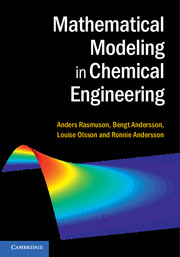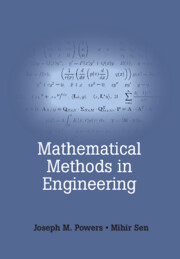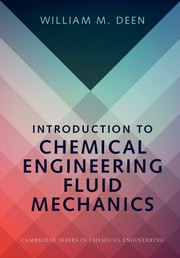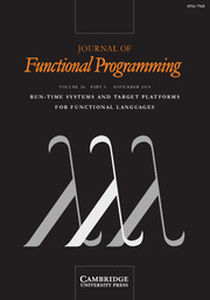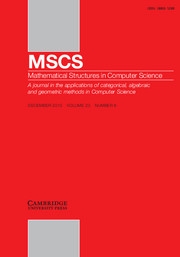Mathematical Modeling in Chemical Engineering
A solid introduction to mathematical modeling for a range of chemical engineering applications, covering model formulation, simplification and validation. It explains how to describe a physical/chemical reality in mathematical language and how to select the type and degree of sophistication for a model. Model reduction and approximation methods are presented, including dimensional analysis, time constant analysis and asymptotic methods. An overview of solution methods for typical classes of models is given. As final steps in model building, parameter estimation and model validation and assessment are discussed. The reader is given hands-on experience of formulating new models, reducing the models and validating the models. The authors assume the knowledge of basic chemical engineering, in particular transport phenomena, as well as basic mathematics, statistics and programming. The accompanying problems, tutorials, and projects include model formulation at different levels, analysis, parameter estimation and numerical solution.
- Focuses on modelling rather than solving the equations
- Gives a broad introduction to all central aspects of mathematical modelling, including model development, methods to simplify the models, and also methods to validate the models
- Focuses on mechanistic modelling, delivering a good understanding of deriving balance equations for a wide range of chemical engineering applications
- The complete course package includes tutorials and an examination project
Product details
March 2014Hardback
9781107049697
192 pages
254 × 180 × 14 mm
0.57kg
99 b/w illus. 40 tables
Available
Table of Contents
- 1. Introduction
- 2. Classification
- 3. Model formulation
- 4. Empirical model building
- 5. Strategies for simplifying mathematical models
- 6. Numerical methods
- 7. Statistical analysis of mathematical models.

